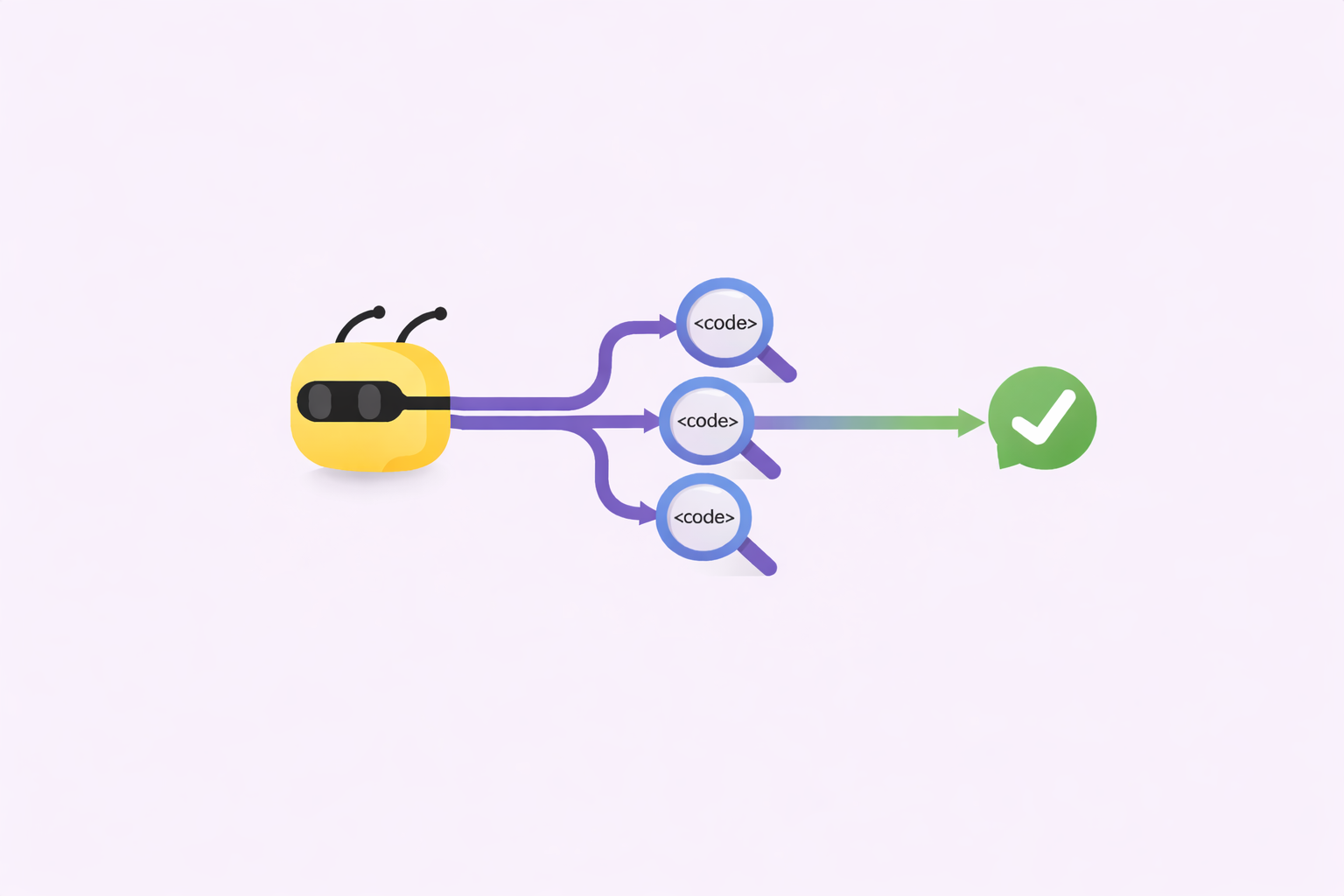What is the ROI of Recognition and How to Measure It

It’s a basic human need—we all long to feel seen, valued, and appreciated for our contributions, whether those are within our families, our communities, or our jobs. We work harder and feel happier at any task where we know we shine, from crafting nourishing and tasty meals for our loved ones or ensuring that our work is done to the highest standard.
That’s why recognition in the workplace is so vital; your employees need to know that their hard work is seen and appreciated. But it’s not just because recognition feels good (although it does!). It’s because there’s a tangible, measurable return on investment when you invest in recognition.
Many companies today are looking to tighten their costs in an uncertain economy. Recognition budgets might seem like a tempting area to cut in these times—shouldn’t employees be grateful to have a job and a reliable salary?—but that decision may actually cost you money.
The ROI of recognition is high, and well-documented to boot. Investing in recognizing your employees frequently and thoughtfully can actually increase your bottom line. So let’s dive into the biggest benefits recognition has on your organization, and how to measure the ROI of recognition for your own business too.

Recognition leads to greater employee engagement
Engaged employees are the secret weapon in a highly competitive marketplace. They feel connected to their colleagues, your company and its mission, and the work they do every day—and that feeling of connection means they do great work.
In fact, companies with high levels of employee engagement are a whopping 23% more profitable than companies with low engagement. That makes employee engagement vital to your bottom line as well as your workplace culture.
It makes sense. Engaged employees are happier in their jobs, so they bring lots of energy and enthusiasm and excitement into the workplace. They take pride in their work so they take care with their tasks, and are excited to think about how to help the company succeed.
And one of the best ways to increase employee engagement is to recognize employees more for the important work they do. It’s hard to feel connected to a role or a workplace where it feels like no one notices your accomplishments and effort. But increasing the frequency of recognition and ensuring it comes from all directions—leaders, managers, and peers—can raise engagement rates and boost your profitability. Deloitte research has found that recognition is highly correlated with improving employee engagement, and that increased engagement translates to higher productivity too.
--> Ready to see for yourself? Request a free and fast demo of Bonusly!
Recognition leads to increased employee retention
Employee turnover costs US employers more than $1 trillion every year. Think that figure sounds high? It’s not: replacing employees who leave is expensive. A SHRM study found that the replacement cost of an employee who leaves is about six to nine months of that employee’s salary. Additional research shows that this figure could be much larger—up to 213%.
And those data points don’t even include the time spent in the hiring process as a result of turnover either. Increasing employee retention is critical to your company’s bottom line, as every employee retained is a major savings.
The answer to these high retention costs is a culture that regularly recognizes and rewards employees. Companies with recognition-rich cultures boast 31% lower voluntary turnover rates. And employees are up to ten times more likely to agree that they belong to their organization when they’re frequently recognized.
Recognition is a critical part of the puzzle in lowering turnover rates, and that increased retention means more budget available for other priorities.
--> Ready to see for yourself? Request a free and fast demo of Bonusly!
Recognition leads to higher productivity
Engaged, happy workers are not just more likely to stick around—they’re also responsible for significantly higher profit levels. Profits increase by 21% as a result of engaged workers’ higher productivity.
Recognition programs feed into these higher levels of productivity and engagement because recognition creates a positive feedback loop for employees. They see their hard work get noticed and appreciated, and notice that their colleagues are also rewarded for their effort and efficiency, and they feel motivated to keep performing. We’ve probably all felt at some time in a past job that there was really no point to working hard or doing great work because it would go unnoticed or uncredited or simply result in getting more work piled on. A thoughtful recognition program ensures this negative loop doesn’t happen.
Plus, the investment needed to get those higher profits via a recognition program is quite low. Since the average recognition budget is just 1% of an employee's salary, the ROI here is pretty stunning.

How to measure the ROI of recognition
So we’ve discussed how amazing the ROI of recognition really is, but how can you calculate it for yourself? Take a holistic view of your organization to see how a great recognition program can increase your profits, productivity, and employee engagement. Here are a few places to start:
- Calculate your current cost of employee turnover and your turnover rate, and measure to see if it decreases a year after your new recognition program is in place.
- Use your performance management data to track progress against employee and team goals, performance ratings, and the time employees spend on learning and development to track progress.
- Ask managers to gather qualitative data, such as how satisfied they are with their team, their feelings about the team’s performance, and how well the team collaborates and cooperates.
- Measure your revenue per employee before and after implementing your recognition program. Divide your business revenue by your number of employees to measure progress in dollars.
Essentially, you should pick some areas you’d like to see improvement in and measure them before you create a rewards program so you have a baseline. Then, continue to measure once the rewards program is in place and tweak as you go so it’s maximally effective.
--> Ready to see for yourself? Request a free and fast demo of Bonusly!
Making recognition easier with automation
The time-consuming manual recognition programs of the past don’t need to drag down your recognition efforts anymore either. With automation like Bonusly’s recognition platform, recognition is fast and easy because you can give kudos or a shoutout to a colleague, direct report, or team in the tools you’re already using, like Slack.
That time saved adds to the ROI of recognition programs, because hopefully, your managers and leaders are already recognizing employees even without a tool or program in place.
With such strong evidence in favor of developing a smart recognition strategy—more profits, more productivity, and employees who love coming to work every day—can you really afford to not invest in recognition? The data is clear: recognition has an ROI that’s too strong to ignore.
--> Want to explore a recognition platform that enables effective recognition across your entire organization? Try Bonusly for free today, or see why Bonusly customer Rechat says: “If you're looking to achieve an exceptional ROI out of a total rewards platform, Bonusly is a must have.”







